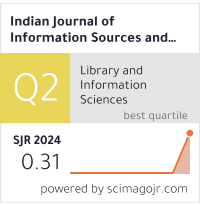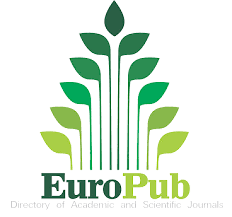The Use of Simulation-Based Teaching Methods and Information Technologies for the Professional Development of Future Border Guard Officers in the Study of Specialized Academic Subject Areas
DOI:
https://doi.org/10.51983/ijiss-2025.IJISS.15.1.39Keywords:
Simulation-based Teaching Methods, Professional Development, Border Guard Officers, Information Technologies, Specialized Academic Subjects, Professional FormationAbstract
This article explores the integration of simulation-based teaching methods and information technologies in the professional development of future border guard officers at the Bohdan Khmelnytskyi National Academy of the State Border Guard Service of Ukraine. The study emphasizes the importance of aligning educational practices with the realities of professional activities in the border guard agency. It highlights the necessity for continuous self-development, self-education, and self-realization among future officers. The research employs pedagogical observation, surveys, and experimental methods, to assess the effectiveness of simulation-based training. The findings indicate that simulation-based methods, combined with modern information technologies, significantly enhance cadets' motivation, cognitive engagement, and professional competencies. The article concludes that the implementation of these methods is essential for fostering the professional growth of future border guard officers, ultimately contributing to their readiness for real-world challenges in border security.
Downloads
Published
How to Cite
Issue
Section
License
Copyright (c) 2025 The Research Publication

This work is licensed under a Creative Commons Attribution-NonCommercial-NoDerivatives 4.0 International License.









